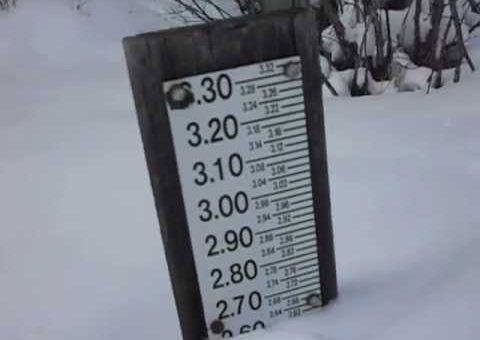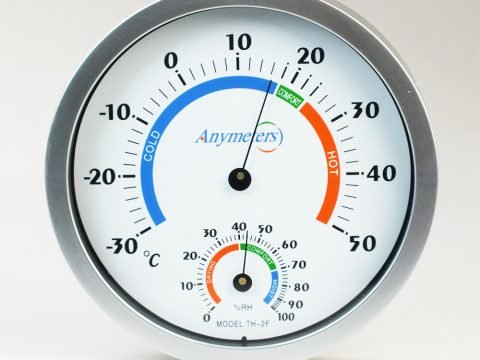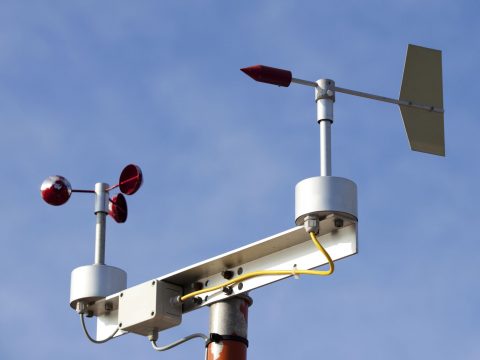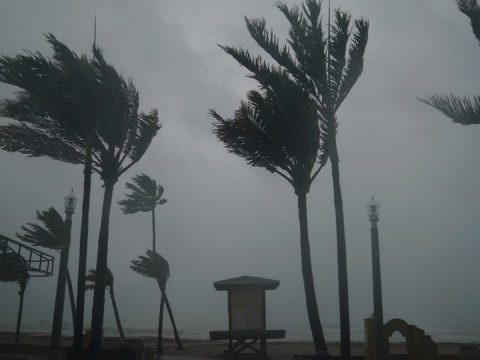
Snowfall, which is one of the natural events, is important for the destruction of some microbes that spread to the environment and thus the reduction of diseases. Sometimes the snowfall, which becomes fun, sometimes causes difficulties in daily life. Since the snowflakes that melt after the snowfall will create underground and aboveground water resources, their effects on the existing ecosystem are quite high. Therefore, the answer to the question of how snow is formed is curious.
Scientifically, for snow formation, more than one different weather condition must occur simultaneously and in a fast time. First of all, air temperature and air flow must affect each other in the same mirror. In addition, the fact that the geographical region is far from the equator and above sea level are important factors affecting snow formation. The water found in various sources on earth, by its nature, evaporates and mixes with the air stream, and with the combination of more than one air factor at the same time, it leads to the condensation of small dust particles. The condensed dust particles freeze as a result of the decrease in air temperature, and thus some of the frozen dust particles descend to the earth and snowfall occurs.
Snow Formation Form and Types
The transformation of the water particles, which provide cloud formation in the air, into thin pieces of ice depending on the changes in the weather over time, manifests itself in the form of snow formation. While transforming into thin ice shape, the transformation speed is completed quite fast. In other words, the grain of water immediately freezes and takes the form of snow without becoming rain. In order for this to happen, some weather factors must occur together and quickly. Due to the low temperature and air flow, snow formation occurs. Snowflakes descending to the earth can be of different shapes and types. It can be in hexagonal, star, flower or needle-like shapes. However, different kinds of snowflakes; powder snow, grain snow, rotten snow, thawed snow crust, glass ice, sun cup. Not all of these different types of snowflakes reach the earth. Some descend to the earth, while others disappear before they descend to the earth and achieve their full formation. The shape of snowfall is also different from each other, as are the forms of snow. Flaky, dry snow, sleet, bulgur and its type can be given as examples of these precipitation patterns.




